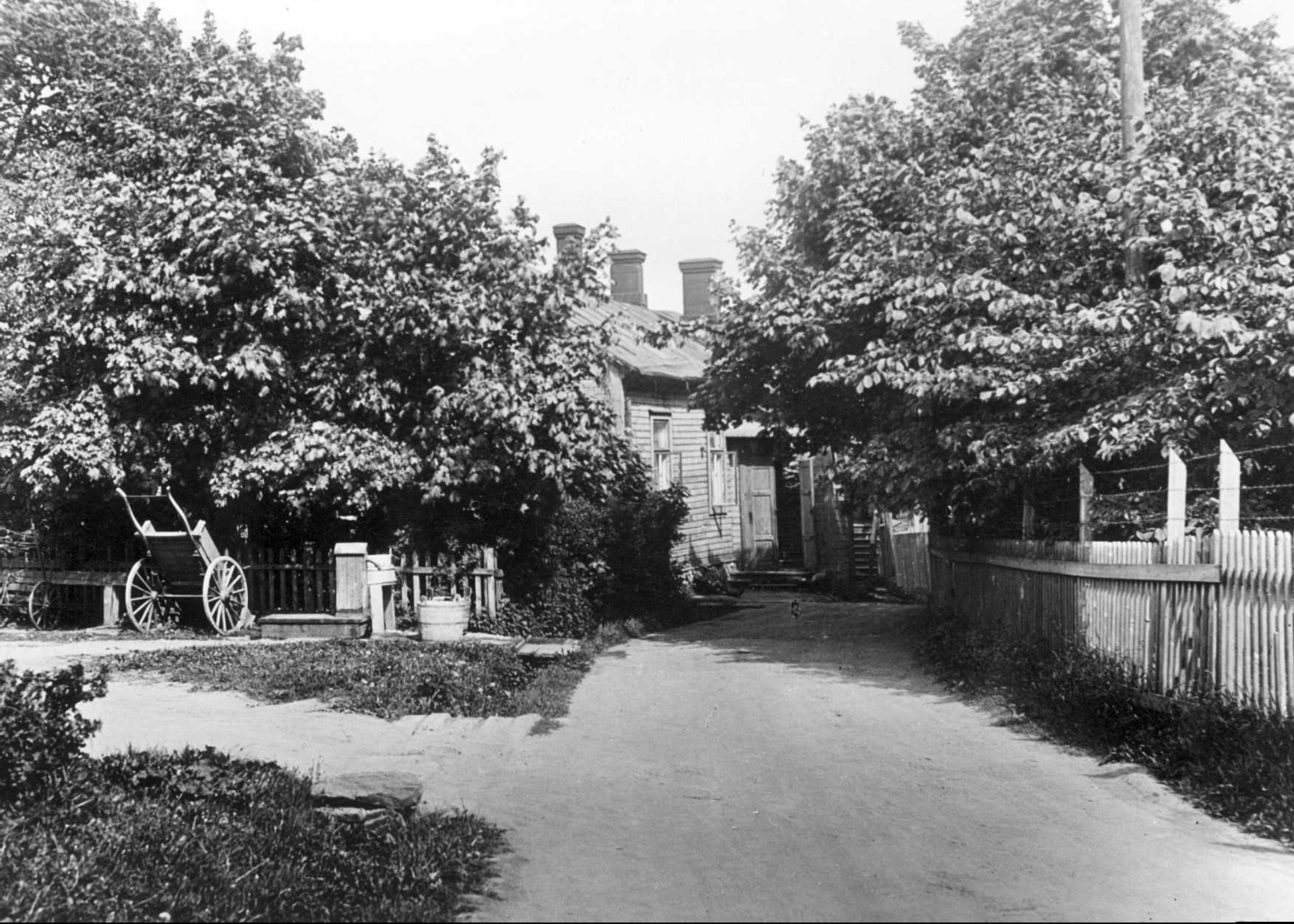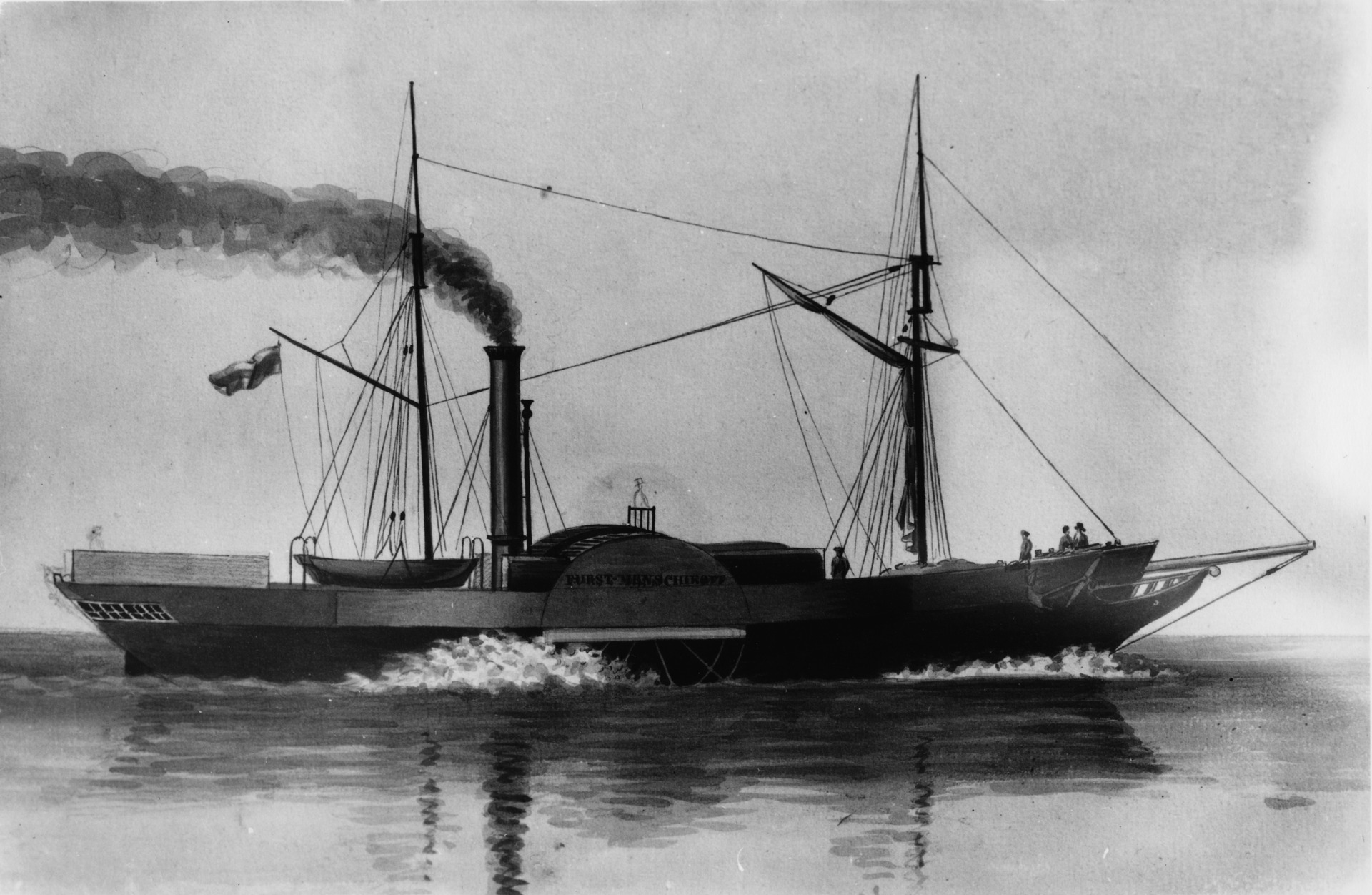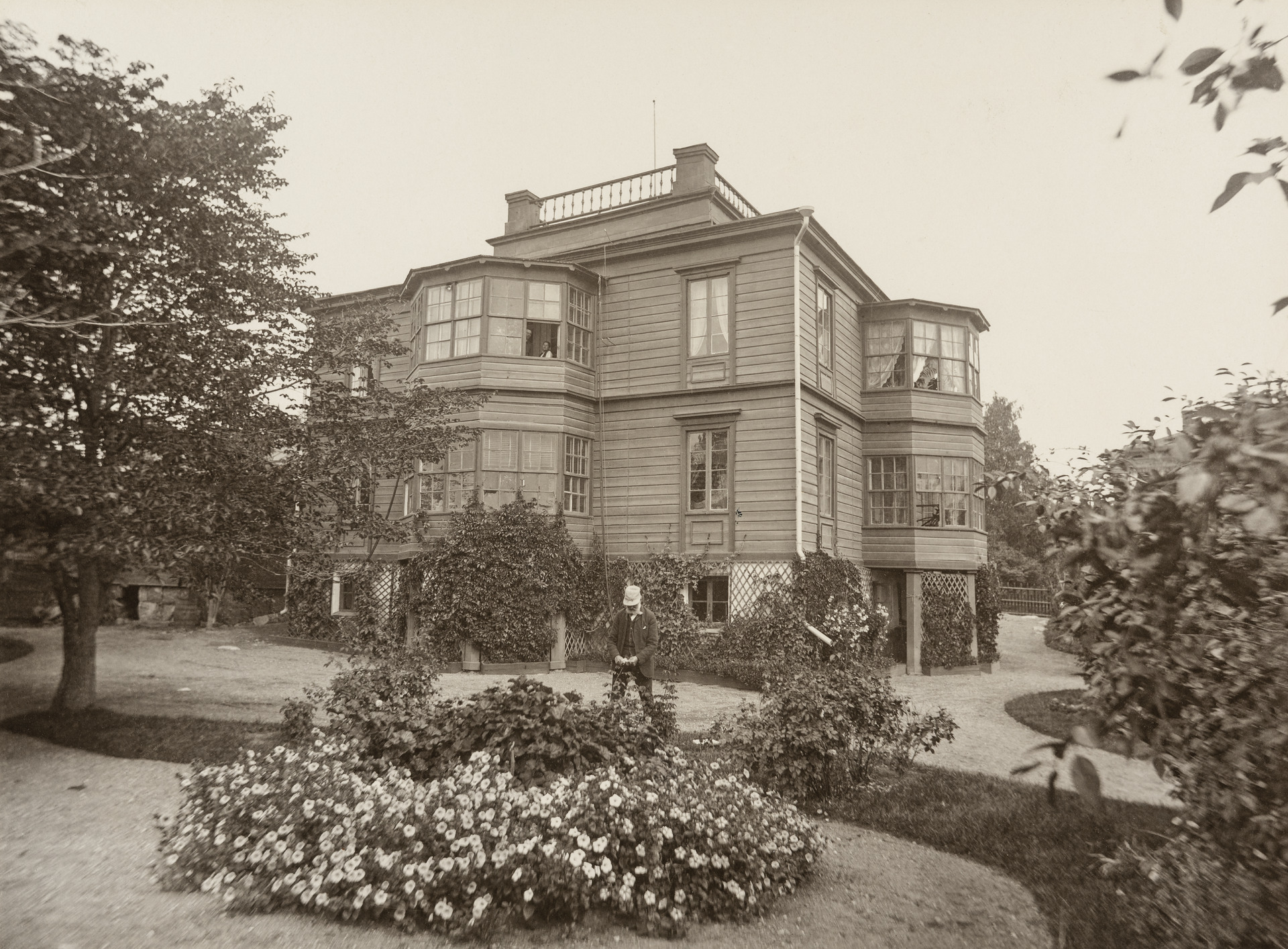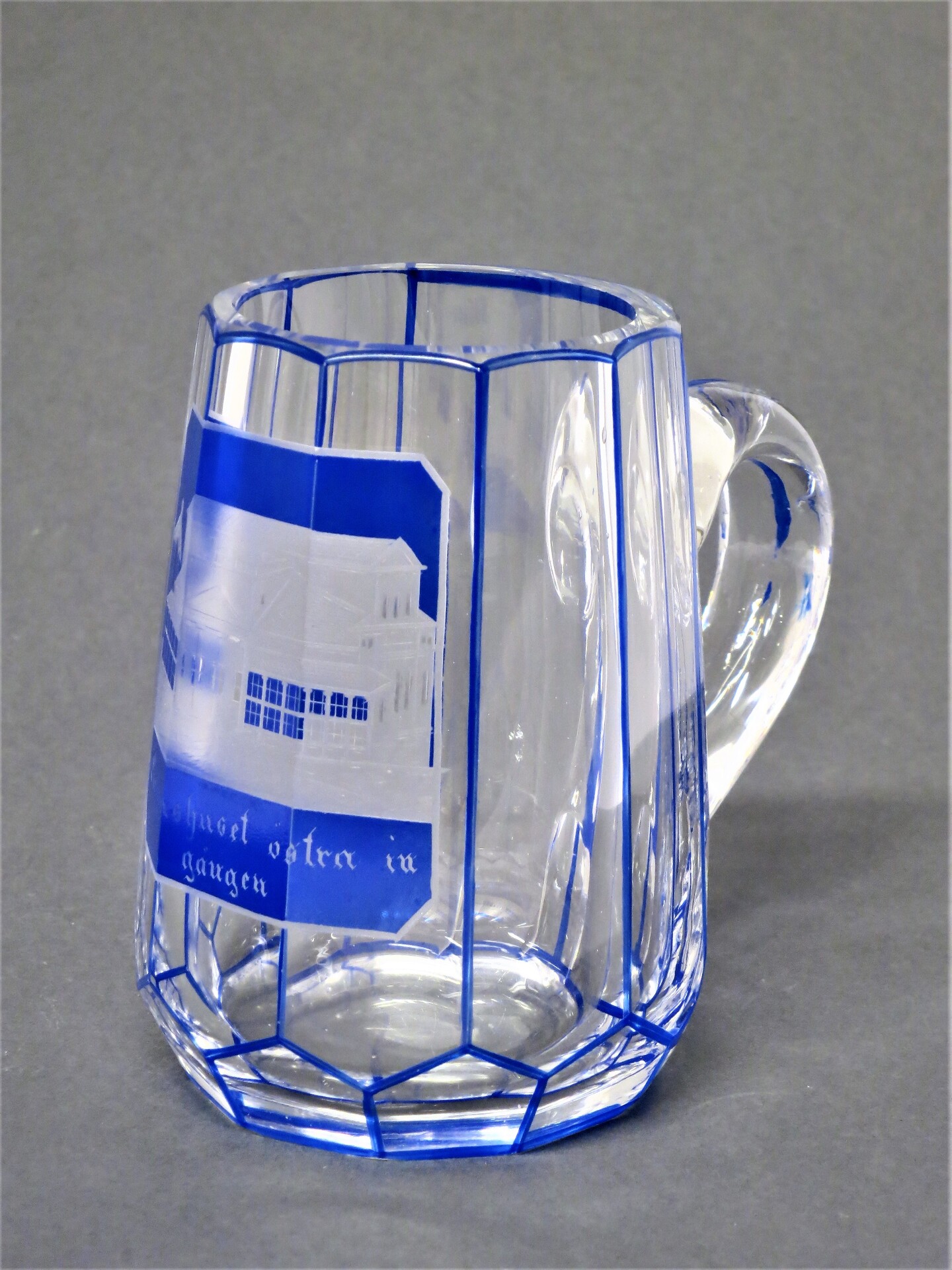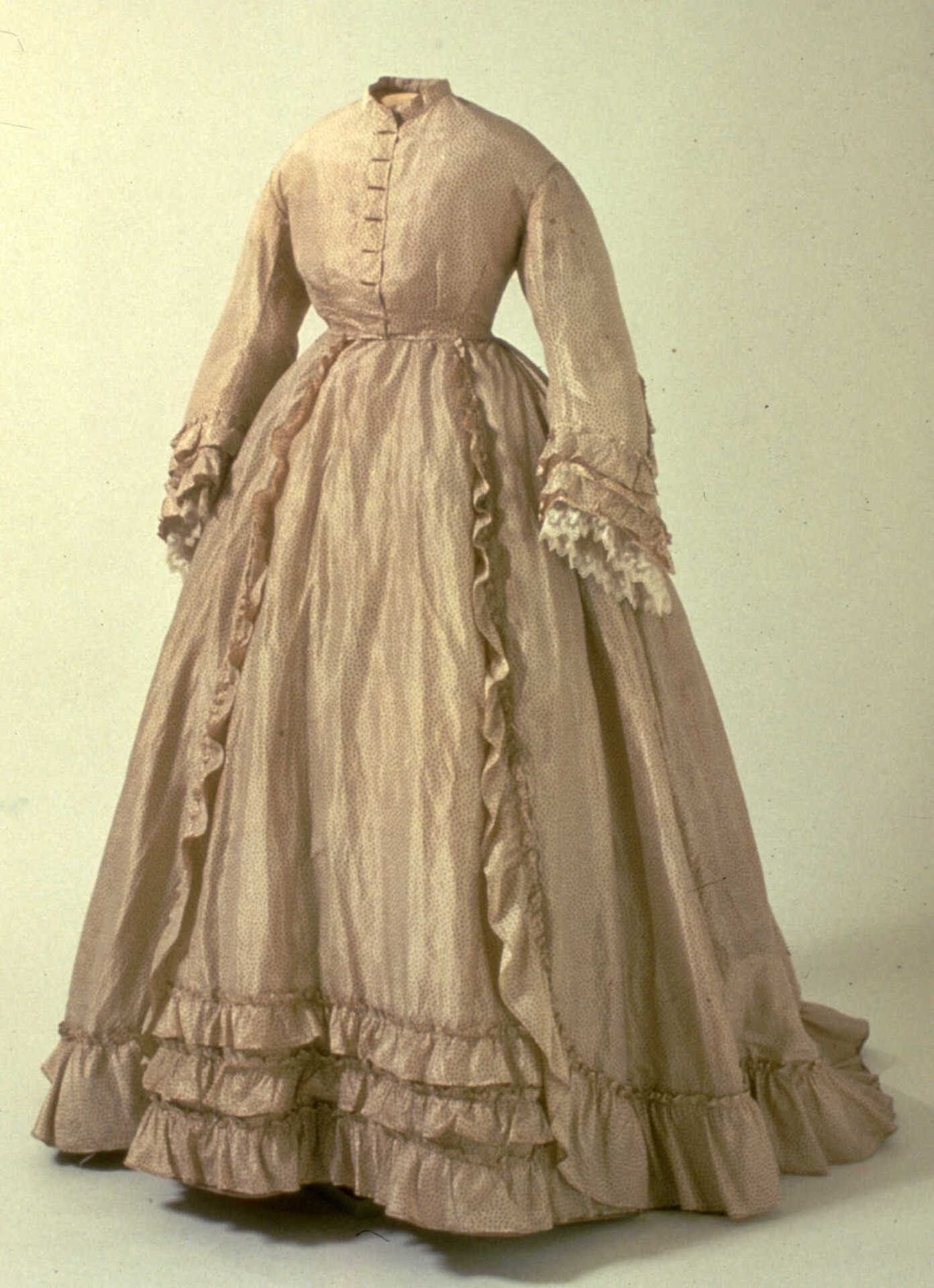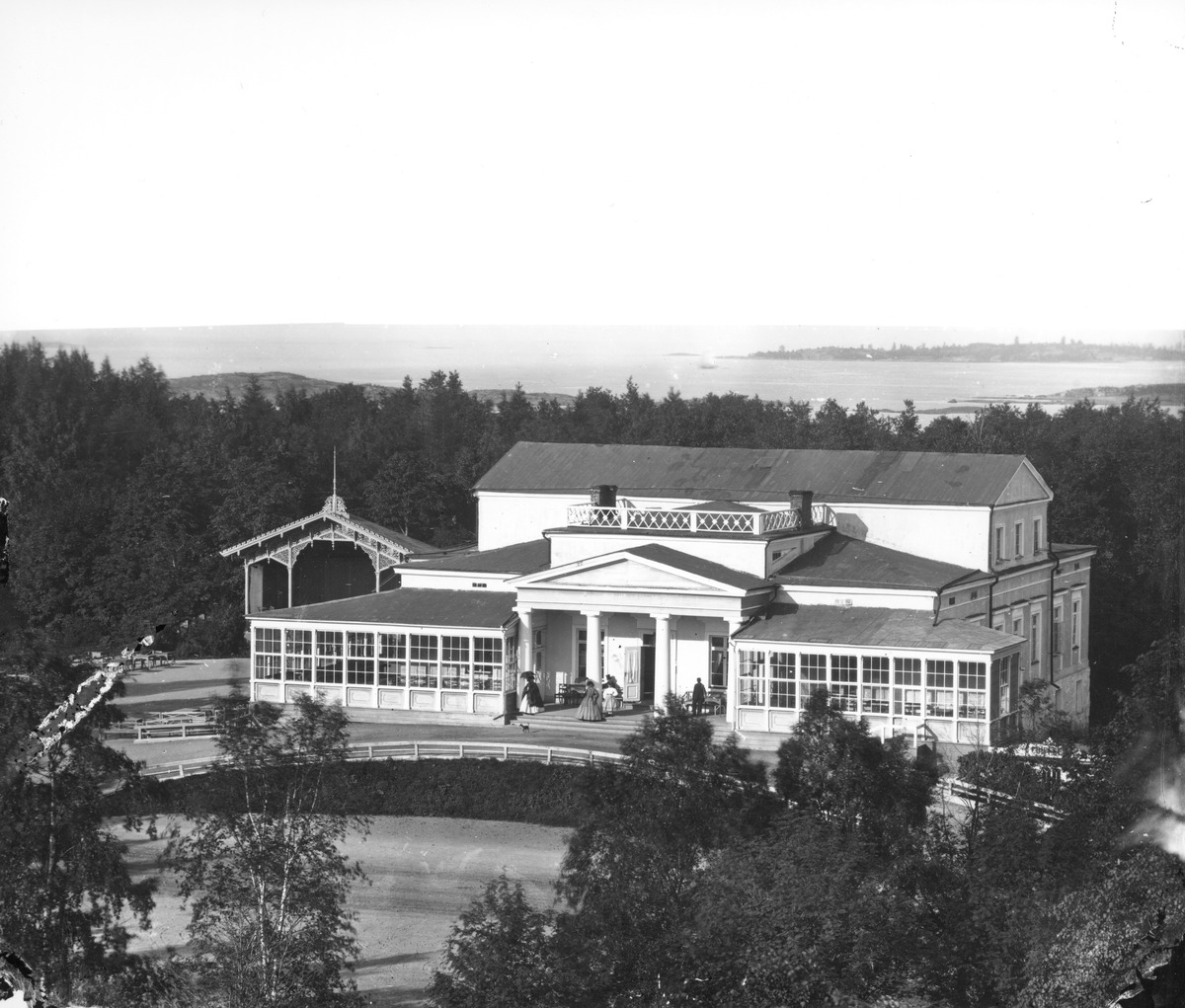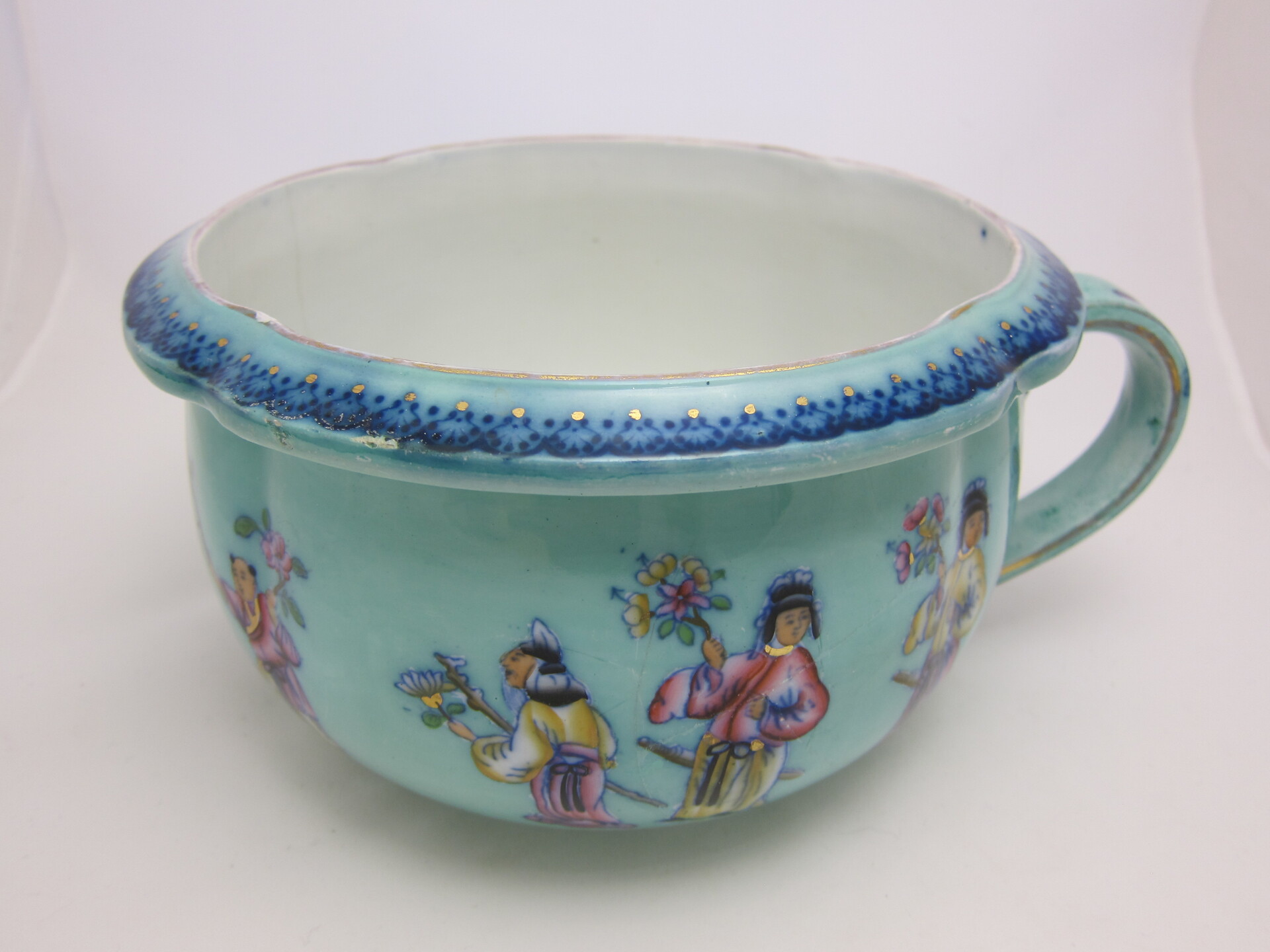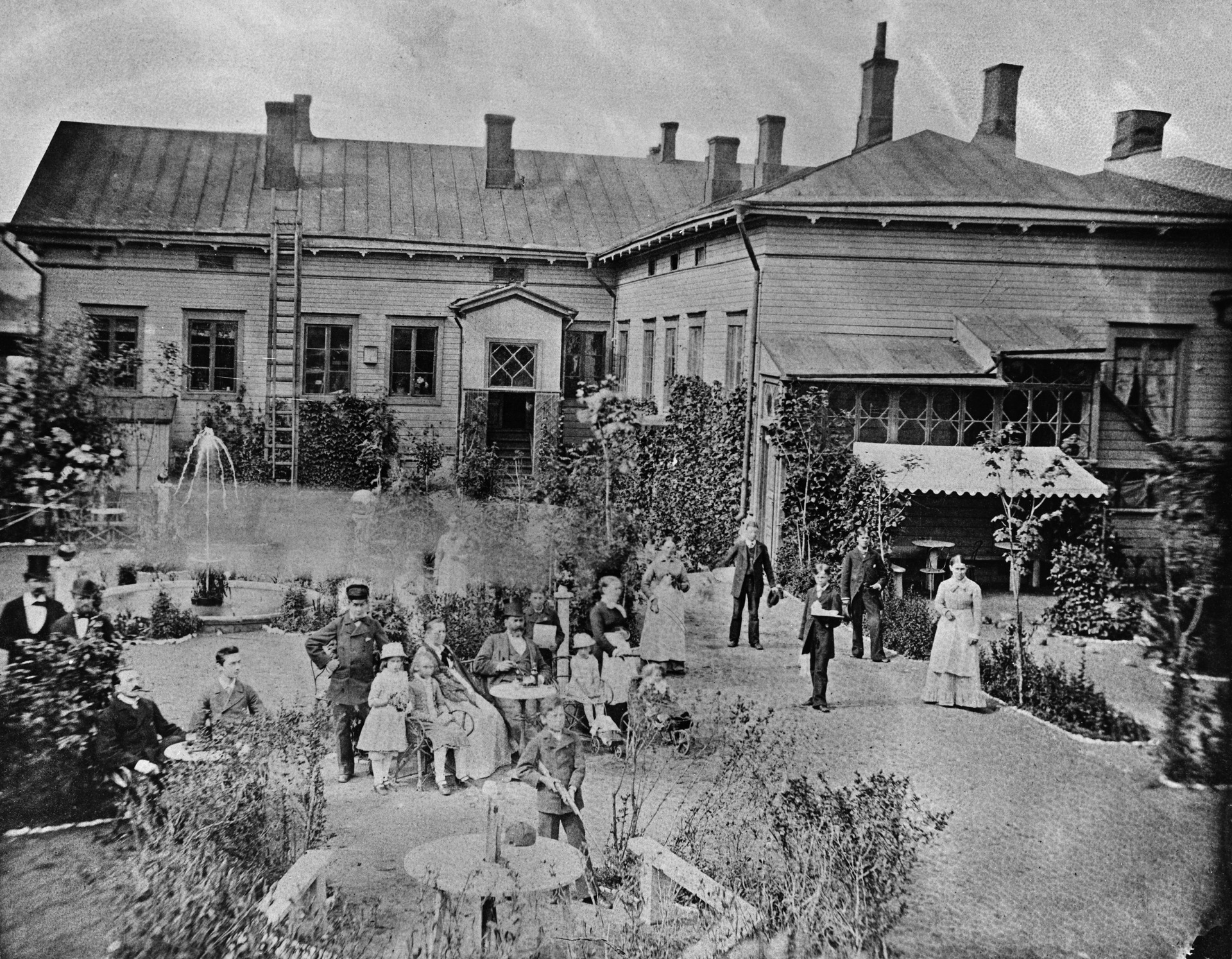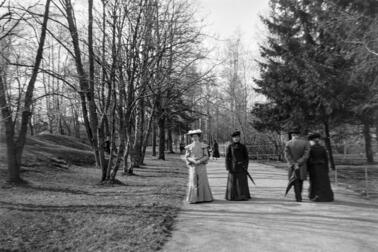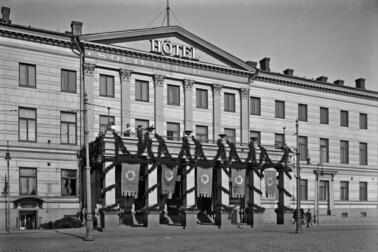Rural town
At the beginning of the 19th century, Helsinki was quite a rural small town. In the early 1830s, there were about 12,000-15,000 inhabitants. The houses in the center were mainly one-story wooden houses, with a stable and a barn in the yard. Garden plants were grown for food in each house. Only around Senaatintori there were built handsome neoclassical stone houses and administrative buildings to serve the new capital. The city was quiet, clean and authentic, as the guests said a little later, and it was precisely these features that attracted future travelers.
The idea of a spa is born
A few local businessmen and influencers had big plans. On the initiative of Consul Henrik Borgström, the businessmen decided to establish a limited company for the health spa idea, which had become fashionable in other parts of Europe. The idea matured to the stage of implementation, when Emperor Nicholas I, who was coming to visit Finland in 1833, was also requested to buy share in the company, which he slightly unexpectedly did. The Tsar arrived for the visit with his spouse from St. Petersburg on a steamship, a novelty of the time, and the Finns were delighted. The people liked the empress very much and erected the Empress's Stone, which can be seen on the Market Square, for her, but especially the wonderful means of transportation, the steamship, made an indelible impression on people. It was understood that the steamship would enable fast travel by sea that had never been seen before. This is what happened and steamship traffic to Helsinki began to increase. In the early days, the townspeople welcomed the arriving ships in the harbor with music and cheers.
Kaivopuisto is being built
The builders wanted only the best for Ullanlinna's sea spa and the supporting well room Kaivohuone, so architect Carl Ludvig Engel was chosen as the designer, whose handprint was already admired in the Empire-style environment built in Senaatintori.
However, before the actual building, the barren rocky and swampy park area had to be renovated. Without sparing trouble and money, the park was plowed with earth, ditches were dug, trees, flowers and bushes were planted. Even two artificial ponds were dug, where swans were later brought. The park became a beautiful walking environment for spa guests. A planted linden alley led to the spa building, which was completed in 1836 and, together with the supporting Kaivohuone (Well house), was opened for public use a couple of years later.
In the spa, one could choose from a variety of baths: cold, lukewarm or hot. The seawater was mixed for example with sulfur, pine needles or various minerals. At first, spa guests stayed in townspeople's homes and in a couple of hotels in the center. As popularity grew, the spa company leased the entire Kaivopuisto area from the city, from which it continued to rent sites to the people of Helsinki on the condition that a villa and a beautiful garden be built on the plot for use by spa guests during the summer.
What is a well room?
At the beginning of the 19th century in Europe, it was a popular health trend to practice the so-called well drinking. This usually meant drinking mineral-rich groundwater drawn from various natural sources as a treatment. A well room was usually built around the spring, which protected the spring and those enjoying the water treatment during the operation. Spas were also built next to the health springs.
Unfortunately, no spring was found in Kaivopuisto, but Victor Hartwall, trained as a chemist, who had founded an artificial mineral water production facility, came to rescue. These waters, thought to be healthy, now started to be enjoyed in Kaivohuone among spa guests. At the same time, the Hartwall´s soft drink factory, which later became successful, received the initial momentum.
Water was consumed throughout the day from special goblets and cups. During the day guests were recommended to move and take walks around the park. Proms and balls were organized to entertain the guests and they became popular among the townspeople as well. Dance-soirées were organized twice a week. On Wednesdays, the audience was mainly aristocracy, splendidly dressed in silk and velvet. On Sundays there were also local townspeople, dressed in their best too. Polka was the fashion dance of the decade, but waltz, française, polka-mazurka etc. were also in the program.
Understandably, drinking water together with exercise was good for most of the visitors in need of treatment. The importance of "socializing", i.e. courting in general, should not be underestimated either. Spa guests returned from their vacations refreshed and perhaps even slimmer.
Tourists arrive
Reporter/writer Zachris Topelius vividly wrote about everyday events and news in Helsinki for the Helsingfors Tidningar newspaper between 1841 and 1860. He tells how in the beginning the spa guests were largely Russian and German-speaking Baltic nobles, in addition to Swedish guests. Newspapers used to list at least the most valuable foreign titles, mentioning their professions and names, as well as with whom or in which hotel they stayed.
The people of Helsinki were delighted when the town suddenly received attention and admiration from foreigners. People from St. Petersburg especially liked Helsinki's quiet small-town feel and the garden city's cleanliness and closeness to nature. The friendliness and honesty of the local people was also praised. For a while, Helsinki was in great fashion as a travel destination. The well room and the spa offered visitors a variety of entertainment and pastimes. It was popular to take small pleasure trips to the archipelago surrounding Helsinki to admire the maritime scenery.
Helsinki was now during the summer quite a cosmopolitan place. The popularity was so great that there was a shortage of accommodation for a while. Topelius quotes the travel writer Faddei Bulgarin, who praised the city, but was annoyed by the rush of tourists, which even caused a shortage of food in restaurants, not to mention villas for rent. Food was cheap, so were spirits and Spanish and Portuguese wines, but according to the travel writer, French wines were as expensive as in St. Petersburg.
Following the increase of the spa guests, the city's cultural life also became international and livened up, when restaurants had to organize concerts and balls for guests. Theater and variété hall performances increased in addition to musical fun. The growing number of spa guests attracted foreign performers to Helsinki. On summertime you could enjoy the music of many singers, violinists, pianists, orchestras and choirs. At best, there were two performance stages in Kaivohuone's yard. Brilliant soirée performances and dinners were also held in the city's finest hotel, Seurahuone. Sometimes the party went on all night. For many guests, health care was not the priority, but vacationing and just having fun.
Services are being build up
The people of Helsinki did their best to make the guests comfortable. For many, the opportunity to earn nicely additional income opened out. Drivers, waiters, cleaners, room attendants, kitchen staff, etc. were needed. Several restaurants were established in the city at a fast pace, including a few of quite high quality. The city's restaurants flourished like never before and their standards rose, often thanks to the German or Swedish entrepreneurs the city was now attracting. Similarly, hotels and guesthouses were established. In 1847, there were no less than 32 inns and restaurants in Helsinki. Hotels were often given fancy international names such as Hôtel de Paris, Hôtel de Bellevue, Hôtel de St. Petersbourg and Hôtel de Amsterdam. However, the accommodation facilities were more modest than today, as these hotels used to have toilets outdoors in the backyard. Even the finest hotel in the city, Seurahuone, had water closets built only in 1861. Until then, in addition to the outroom, only some kind of chamber pots were used by night.
The collapse of tourism due to wars and epidemics
You can see from the newspaper articles that the popularity started to wane little by little. Russian and Baltic nobles were the same as the travelers of present day; they wanted to find new travel destinations when the old ones had already been seen. After the upper class, though, Helsinki still attracted for a long time the Russian middle class, who considered Helsinki and Finland to be a reasonably cheap destination, where non-nobles also received equal, friendly and first-class service.
This continued until the violent cholera epidemic that started in 1852, and until the Crimean War that broke out in 1853. The epidemic totally halted tourism in the entire Baltic Sea region, and the Crimean War lasted for three years, during which steamship traffic was completely at a standstill. Helsinki's first tourist boom of the 1800´th century was now a fading memory.
Sources and literature:
Heikel, Axel O.: Brunnsparkens historia 1834-1886. Söderströms, 1919.
Helsingfors Tidningar 1841-1860, digi.kansalliskirjasto.fi.
Heikkinen, Antero: Terveyden ja ilon lähteillä. Herrasväki liikkeellä Suomessa 1700- ja 1800-luvulla. Suomen Historiallinen Seura, 1991.
Hirn, Sven: Huvia ja herkkuja. Helsinkiläistä huvi- ja ravintolaelämää ennen itsenäisyyden aikaa. SKS, 2007.
Klinge, Matti: Pääkaupunki. Helsinki ja Suomen valtio 1808-1863. Otava, 2012.
Krohn, Aarni: Tsaarin Helsinki. Tammi, 1967.
Raudsepp, Peter: Höyrylaivalla Tallinnaan – Matkustajahöyrylaivaliikenne Suomenlahden yli vuodesta 1837 alkaen. Raud Publishing, 2018.
Tommila, Päiviö: Helsinki kylpyläkaupunkina 1830-50. Helsinki-Seura, 1982.

